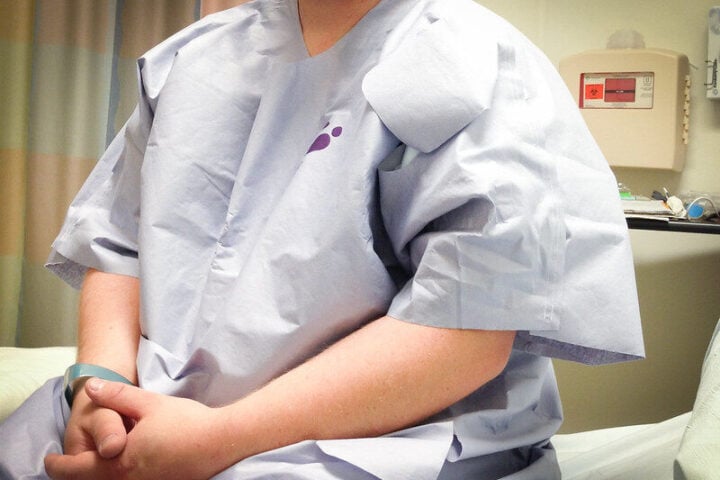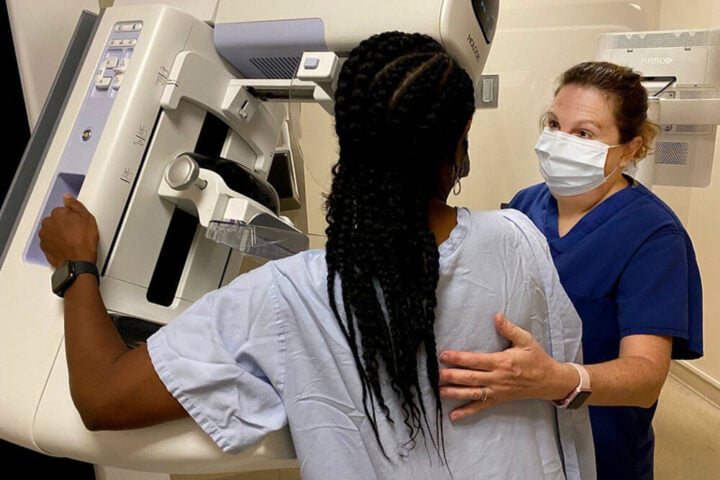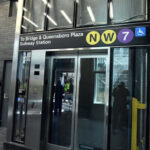The Trump administration has issued a warning to the New York Metropolitan Transportation Authority (MTA): address subway crime and safety concerns or risk losing federal funding.
In a letter to MTA Chair Janno Lieber, Transportation Secretary Sean Duffy demanded detailed plans to reduce crime, protect transit workers, and tackle fare evasion by March 31. The administration wants to assess whether federal funds are being properly used to ensure passenger and employee safety.
“We will continue to fight to ensure their federal tax dollars are going towards a crime-free commute,” Duffy stated in the letter.
MTA Response: Crime Numbers Improving
MTA officials appear ready to cooperate while defending their safety record. MTA Chief John McCarthy pointed out that subway crime has dropped 40% compared to the same period in 2020, just before the pandemic began. McCarthy added that 2025 is on track to have fewer daily major crimes in transit than any non-pandemic year on record.
The agency also reported a 25% decrease in fare evasion during the second half of last year, following sharp increases during the COVID-19 pandemic.
An unnamed MTA official indicated the agency is “happy to discuss its efforts” with Duffy’s department and emphasized that crime statistics are trending in a positive direction.
Similar Posts
Political and Financial Context
This federal intervention aligns with the broader Trump administration agenda focusing on public safety and financial accountability in federally funded programs.
Specific Safety Concerns
The Transportation Department’s letter directs MTA Chair Janno Lieber to outline actions the New York Transit Authority is taking to restore safety and regain the public’s trust. This includes steps to improve security for passengers and workers on buses and subways, reduce crime, and crack down on fare evasion.
While the MTA cites improving statistics, public perception of subway safety often differs from official data, influenced by media coverage of specific incidents and personal experiences.

Broader Implications
This situation highlights ongoing tensions between federal and local transit governance. The outcome of this funding dispute could affect how federal transit funding is allocated and monitored nationwide.
Frequently Asked Questions
The MTA receives billions in federal funding each year, which constitutes a significant portion of both its operational and capital budgets. Exact figures vary by year based on federal transportation bills and special grants. This funding supports essential maintenance, system expansions, and service improvements throughout NYC’s transit network.
Secretary Duffy’s letter requests comprehensive data on subway crime rates, incidents of fare evasion, assaults on transit workers, and other safety concerns like “subway surfing.” The department wants to assess if federal funds are being effectively used to ensure passenger and employee safety throughout the system.
While specific new measures aren’t detailed in the source material, MTA Chief John McCarthy noted that crime is down 40% compared to pre-pandemic levels and fare evasion decreased by 25% in the latter half of last year. This suggests ongoing safety initiatives are having some effect, though details of these specific programs weren’t outlined in the report.
The Transportation Department’s letter implies that federal funding could be reduced or restricted if the MTA fails to provide the requested data and plans by March 31. However, the exact consequences and the scope of potential funding cuts weren’t specifically detailed in the report.
The source material doesn’t provide comparative data between NYC and other major transit systems. This contextual information would be valuable for understanding whether NYC’s subway crime rates are unusually high or if similar challenges exist across major metropolitan transit systems nationwide.
The source material doesn’t specify whether this is unprecedented or part of a pattern of federal oversight. Historical context about previous federal interventions in local transit safety would help clarify whether this represents a new approach to federal-local transit relations or continues established oversight practices.
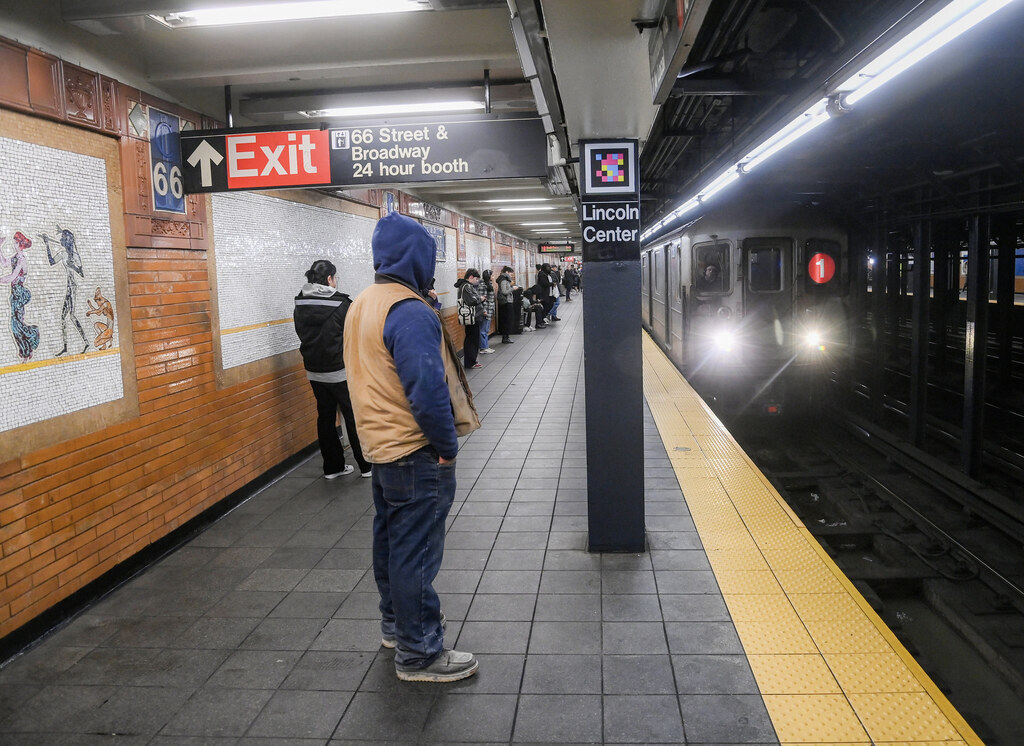
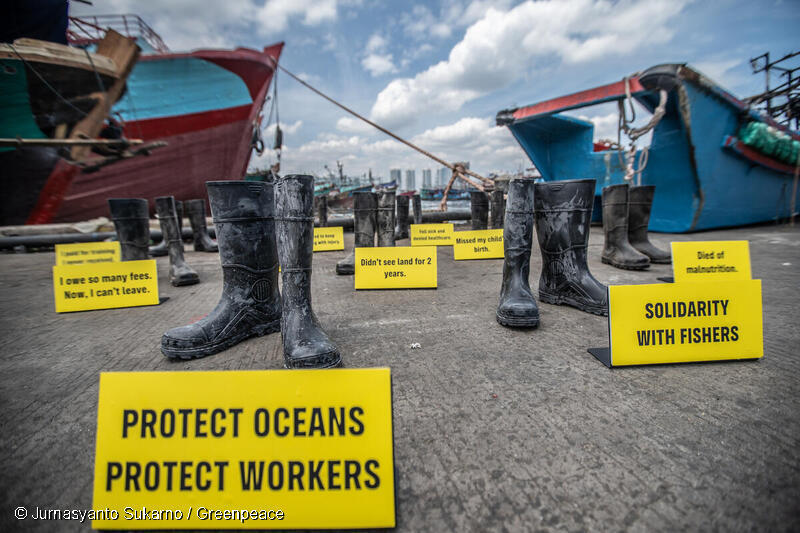
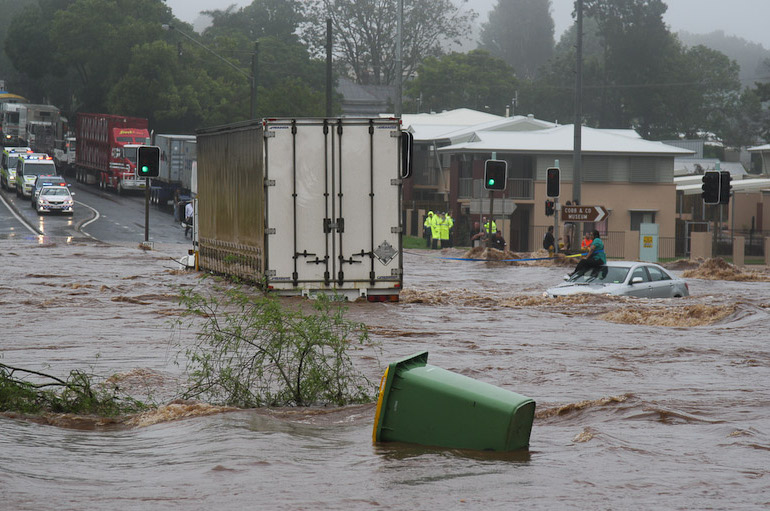
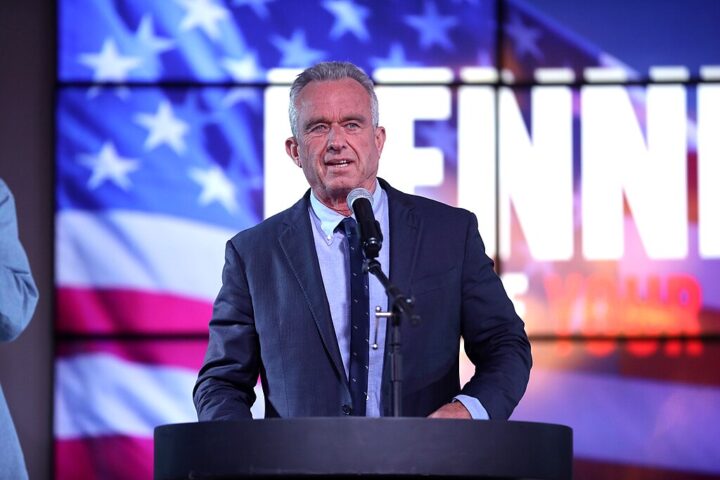
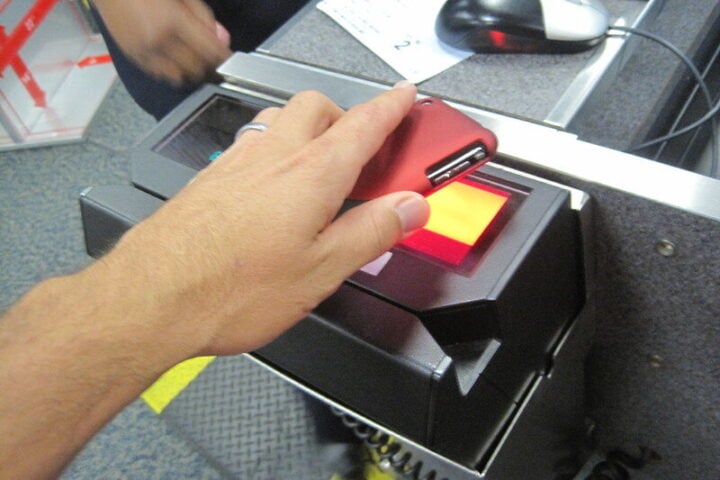

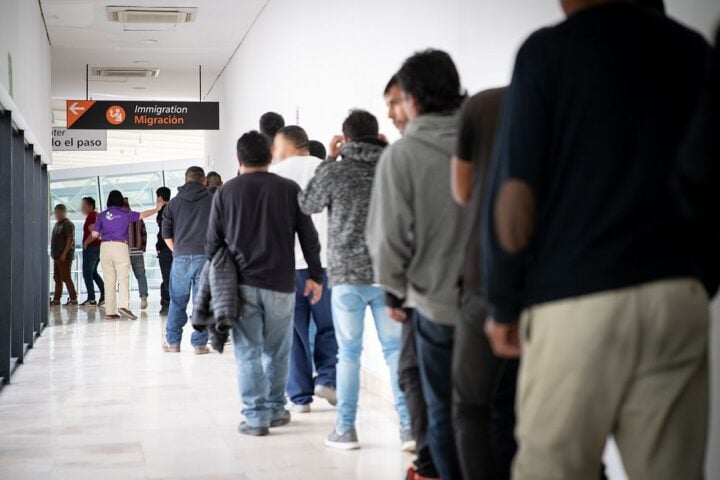



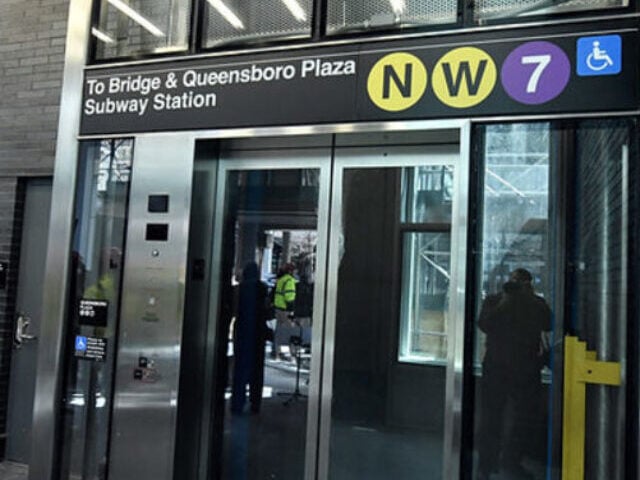
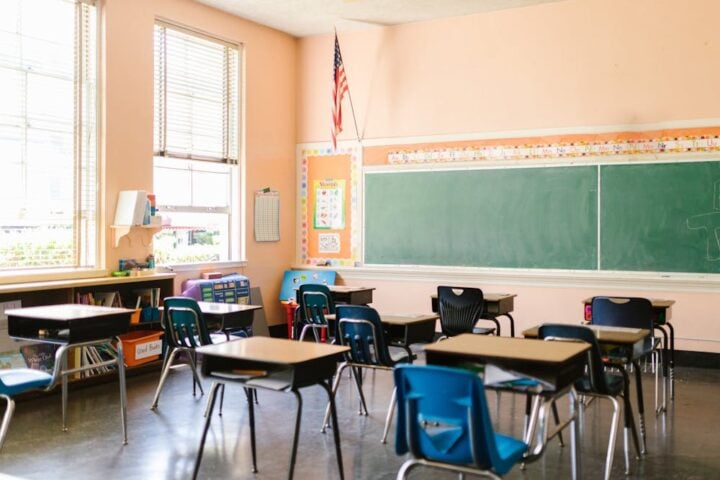
![Representative Image: European Starling [49/366]. Photo Source: Tim Sackton (CC BY-SA 2.0)](https://www.karmactive.com/wp-content/uploads/2025/04/Starlings-Drop-82-in-UK-Gardens-as-Birdwatch-2025-Reveals-Record-Low-Count-Since-1979-720x480.jpg)
